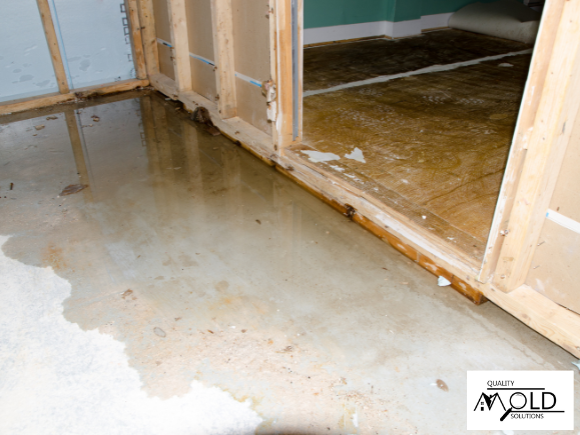Mold growth in your home can lead to serious health issues and costly structural damage. Fortunately, with the right strategies, you can significantly reduce the risk of mold developing in your living spaces. Here are some effective tips to help you keep mold at bay.
1. Control Humidity Levels
Mold thrives in environments with high humidity. Keeping indoor humidity levels in check is one of the most effective ways to prevent mold growth.
-
Use a Dehumidifier to Curb Mold Growth:
- If you live in a humid climate or have areas in your home that are prone to dampness, using a dehumidifier can help maintain optimal humidity levels. Aim to keep indoor humidity between 30% and 50%.
-
Monitor Humidity Levels:
- Invest in a hygrometer to monitor the humidity levels in your home. This simple device can help you detect areas that may need attention before mold has a chance to grow.
-
Ventilate Moisture-Prone Areas:
- Kitchens, bathrooms, and laundry rooms are particularly prone to moisture buildup. Ensure these areas are well-ventilated by using exhaust fans or opening windows when possible. This helps reduce humidity and prevents mold-friendly conditions.
2. Ensure Proper Ventilation
Proper ventilation is key to preventing mold growth, especially in areas where moisture is likely to accumulate.
-
Use Exhaust Fans:
- Install and use exhaust fans in the kitchen and bathroom to remove excess moisture from cooking and showering. Make sure the fans vent to the outside, not just into the attic, to effectively reduce indoor humidity.
-
Open Windows and Doors:
- Whenever weather permits, open windows and doors to allow fresh air to circulate through your home. This helps reduce moisture buildup and keeps air moving, making it harder for mold to settle and grow.
-
Vent Appliances Outside:
- Make sure appliances like dryers and stoves are properly vented to the outside. This prevents moisture and humidity from being trapped indoors.
3. Promptly Address Leaks and Water Damage
Water is the primary catalyst for mold growth, so it’s crucial to address leaks and water damage as soon as they occur.
-
Fix Leaks Before Mold Growth Begins:
- Leaky roofs, pipes, or windows can lead to moisture accumulation and create ideal conditions for mold. Regularly inspect your home for leaks, and fix them as soon as they’re detected.
-
Dry Wet Areas Quickly:
- If you experience flooding or accidental spills, dry the affected areas as quickly as possible. Mold can begin to grow within 24 to 48 hours, so immediate action is necessary to prevent mold from taking hold.
-
Inspect Your Home After Storms:
- After heavy rain or storms, check your home for any signs of water intrusion. Look for water stains, discoloration, or damp areas, and address them promptly to avoid mold growth.
4. Keep Your Home Clean and Dry
Regular cleaning and maintenance can help keep mold at bay by reducing dust, dirt, and other organic materials that mold feeds on.
-
Clean Bathrooms and Kitchens Regularly:
- Mold loves to grow in bathrooms and kitchens due to the moisture present in these areas. Regularly clean and dry surfaces, especially in showers, sinks, and around appliances.
-
Use Mold-Resistant Products:
- Consider using mold-resistant products, such as mold-resistant drywall or paint, especially in moisture-prone areas like bathrooms and basements. These products are designed to resist mold growth and can add an extra layer of protection.
-
Remove Clutter:
- Clutter can trap moisture and provide a breeding ground for mold. Keep your home organized and free of unnecessary items, especially in damp areas like basements and attics.
5. Monitor and Maintain Your Home’s Exterior
Your home’s exterior can also contribute to mold growth if not properly maintained.
-
Maintain Your Gutters:
- Clogged gutters can lead to water overflow, which can seep into your home’s foundation or walls, promoting mold growth. Regularly clean and inspect your gutters to ensure they are directing water away from your home.
-
Direct Water Away from Your Home:
- Ensure that the ground around your home slopes away from the foundation to prevent water from pooling near the structure. Proper drainage is essential to keep moisture out of your home.
-
Check Your Roof:
- Inspect your roof for any signs of damage or leaks. Missing or damaged shingles can allow water to enter your home, leading to mold growth in the attic or ceilings.



